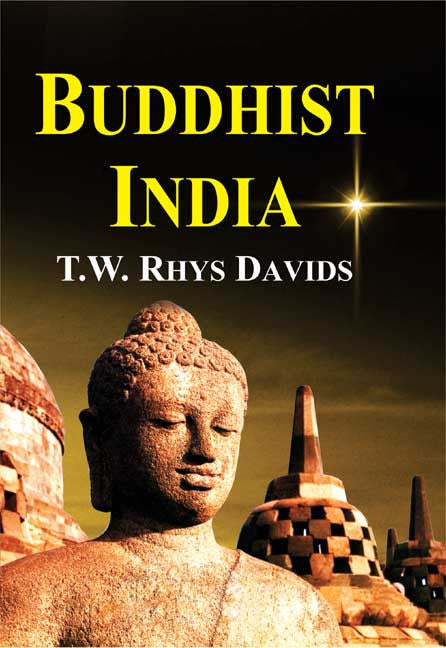Buddhist India
Buddhist India - Paperback is backordered and will ship as soon as it is back in stock.
Couldn't load pickup availability
In this work an attempt has been made to describe ancient India, during the period of Buddhist ascendancy, from the point of view, not so much of the brahmin, as of the rajput. Based on the literary, numismatic and inscriptional records, it throws light on points hitherto dark and even unsuspected. The two points of view naturally differ very much. Priest and noble in India have always worked very well together so long as the question at issue did not touch their own rival claims as against one another. When it did-and it did so especially during the period referred to_the harmony, as will be evident from the following pages, was not so great.
Divided into sixteen chapters, the work presents a detailed account of the socioeconomic, geo-political and ethico-religious conditions of the country. It describes at length the history of kings, clans, nations, vis-ˆ-vis their role in the growth and spread of Buddhism. We get a clear perspective of the activities of Candragupta, Asoka and Kaniska-the principal characters
in this performance. The Buddhist and kindred literature both in Pali and Sanskrit, with special
reference to the Jatakas have been thoroughly exploited for this purpose.
The book has fifty-six illustrations, an appendix, a short preface and general index.
The present work portrays ancient India, during the period of Buddhist ascendancy, from the non-Brahmin point of view. Based on the literary, numismatic and inscriptional records, it throws light on points hitherto dark and even unsuspected.
Divided into sixteen chapters, the work presents a detailed account of the socio-economic, geo-political and ethico-religious conditions of the country. It described at length the history of kings, clans, nations, vis-a-vis their role in the growth and spread of Buddhism. Reader get a clear perspective of the activities of Candragupta, Asoka and Kaniska-the principal characters in this performance. The Buddhist and kindred literature both in Pali and Sanskrit, with special reference to the Jatakas has been thoroughly exploited for this purpose.
The book has fifty-six illustrations, an appendix, a short preface and general index.
About the Author:
Thomas William Rhys Davids (1843-1922) was the foremost and most exponent of the study of Pali and Buddhism in England. Rhys Davids studied Sanskrit at Breslau under Stenzler.
In 1882 he was appointed Professor of Pali in the University College, London. He was the Founder-Chairman of the Pali Text Society (1881), through which, by the time he passed away at the age of 80, he had published most of the basic texts and commentaries in Pali Buddhism, in about 25,000 pages.
Rhys Davids played an active part in founding, in 1902, the British Academy, and later the School of Oriental Studies, London. He was also the President of the India Society from its inception in 1910 till his death in 1992.
-
Pages
-
Edition
-
Size
-
Condition
-
Language
-
Weight (kg)
-
Publication Year
-
Country of Origin
-
Territorial Rights
-
Reading Age
-
HSN Code
-
Publisher




